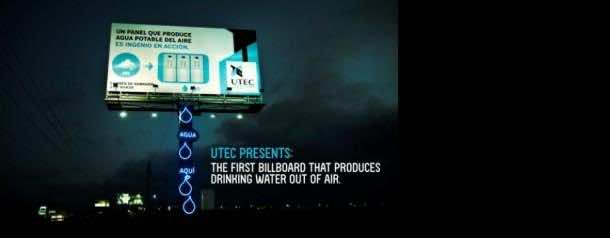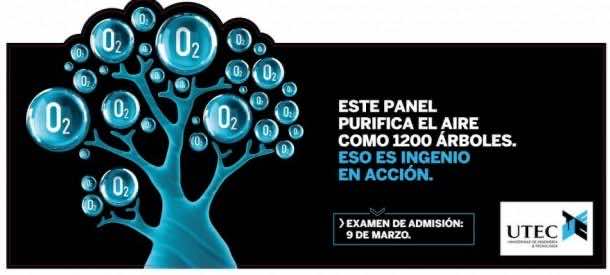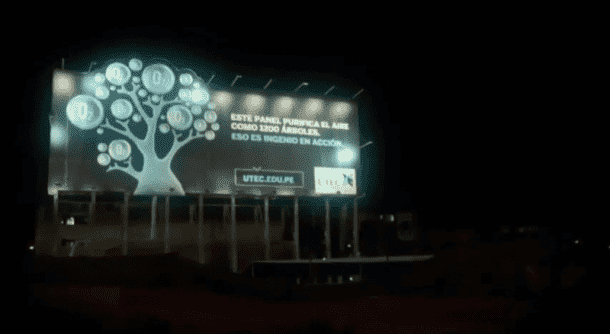Mother nature was the first thing that was sacrificed at the altar of Technological advancement and industrial revolution. We are seeing lesser trees and greenery with every passing day. Forests are being razed to make room for more development.
 However, the realization soon came that we are busy cutting the branch that we are sitting on and ever since we have witnessed a change, a sense of responsibility in corporations and public. Scientists are constantly working to reduce the damage being done to mother nature and to help it recover from the damage it has already received.
However, the realization soon came that we are busy cutting the branch that we are sitting on and ever since we have witnessed a change, a sense of responsibility in corporations and public. Scientists are constantly working to reduce the damage being done to mother nature and to help it recover from the damage it has already received.
Pollution in our environment is all due to the machinery that we have created and the urbanization that is taking place. Congested cities are so polluted that one finds it really hard to breathe in them. Say hello to the University of Engineering and Technology of Peru that is opening a new campus in downtown Lima. The university has come up with a billboard that will clean the air in order to minimize the impact on local air quality when the construction starts. For our regular readers, you will remember that this university and billboards are not new; the students from this university have already created a billboard that was capable of generating water.
 The determining factor for any project or new gadget is the feasibility and efficiency of the project in question. This pollution killing billboard is not just some regular billboard project, instead it really produces some output once it gets cranking. Alright, so it processes and cleans 3.5 million cubic feet of fresh air and the billboard works as effectively as 1,200 trees would. This in terms of distance translates into a cleaner air for a five block radius.
The determining factor for any project or new gadget is the feasibility and efficiency of the project in question. This pollution killing billboard is not just some regular billboard project, instead it really produces some output once it gets cranking. Alright, so it processes and cleans 3.5 million cubic feet of fresh air and the billboard works as effectively as 1,200 trees would. This in terms of distance translates into a cleaner air for a five block radius.
Speaking of air quality, Lima has some of the worst. However, UTEC designed the billboard specifically for this purpose and therefore, it has been manufactured so as to the filter out the types of impurities that are usually found at a construction site such as dust, metal particles, stone dust, bacteria and germs.
 The contaminants that have been filtered out are being analyzed by UTEC to better understand the kind of pollution which urban places are suffering from. The filtration process employs the use of water and some thermodynamics’ basics. When the billboard is operational, it requires 2,500 watts – less than what a large room’s air conditioner consumes.
The contaminants that have been filtered out are being analyzed by UTEC to better understand the kind of pollution which urban places are suffering from. The filtration process employs the use of water and some thermodynamics’ basics. When the billboard is operational, it requires 2,500 watts – less than what a large room’s air conditioner consumes.
If this project proves to be a success; UTEP will manufacture more of such billboards and soon you will be living a pollution free environment.


